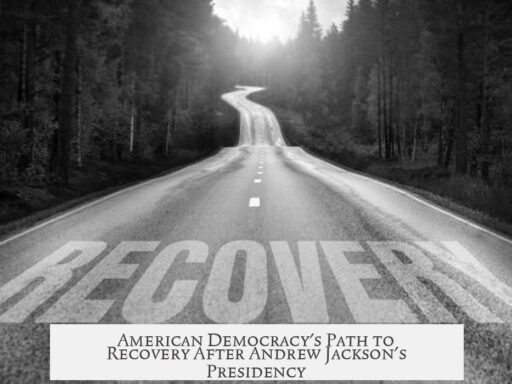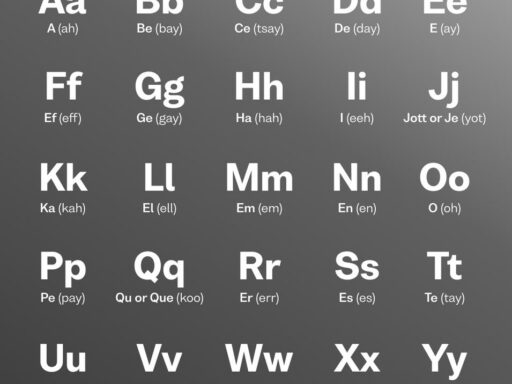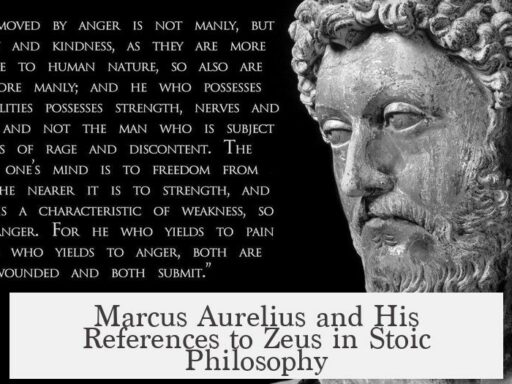Andy Williams’s lyric “There’ll be scary ghost stories” in “It’s the Most Wonderful Time of the Year” reflects an old British Christmas custom not common in the U.S. Historically, telling ghost stories around Christmas dates back to Victorian Britain. Long winter nights invited families to gather indoors and share tales of spirits and the supernatural. This tradition offered both entertainment and lessons, blending festive cheer with gothic elements.
Victorian England saw ghost stories as part of Christmas Eve or Christmas Day gatherings. The cold, dark atmosphere of December made eerie tales especially fitting. Classics like Charles Dickens’s A Christmas Carol exemplify this mix of festive spirit with supernatural themes. Such stories reinforced moral values and added mysterious thrill to holiday celebrations.
American Christmas customs evolved separately. Early American society prioritized religious observances, family festivity, and community gatherings focused on joy and togetherness. The darker element of ghost storytelling never took hold as a widespread tradition. Instead, American Christmas centers on brighter symbols—Santa Claus, gift giving, decorations, and cheerful carols.
Cultural and climatic differences also played a role. In the U.S., milder winter weather in many regions and a different social history shifted the holiday’s tone toward optimism rather than the Victorian fascination with ghosts and spirits. As a result, ghost stories are rare or absent in American Christmas celebrations.
Andy Williams’s lyric can be seen as a nostalgic nod to older European practices. It does not describe common American experience but rather evokes a quaint tradition from the British Isles. This helps explain why ghost stories remain a lesser-known or foreign element in American Christmas culture.
| Aspect | British Christmas Tradition | American Christmas Tradition |
|---|---|---|
| Ghost Stories | Common during Christmas Eve/Day | Rare or absent |
| Holiday Focus | Mix of festive joy and supernatural tales | Family, religious observance, festive cheer |
| Climatic Influence | Long winter nights encourage indoor storytelling | Milder winters, diverse climates |
| Example | A Christmas Carol by Dickens | Santa Claus, gift exchanges |
Key points:
- Ghost story telling at Christmas originated mainly in Victorian Britain.
- It served as winter night entertainment and moral storytelling.
- American Christmas traditions emphasize festive and religious themes without ghost tales.
- Climatic and cultural factors influenced this divergence.
- Andy Williams’s lyric references a British custom, not a widespread American one.
When did ghost stories become part of Christmas traditions?
Ghost stories were commonly told during Christmas in the Victorian era. This tradition was especially strong in the British Isles. It provided entertainment during long winter nights.
Where were ghost stories traditionally told at Christmas?
The custom of telling ghost tales during Christmas mainly comes from the British Isles. It was a popular part of Victorian Christmas celebrations. Stories often had moral or cautionary themes.
Why aren’t ghost stories part of American Christmas traditions?
American Christmas evolved differently. It focuses more on joyous and family-centered celebrations. The Victorian ghost story custom did not take hold. Cultural values and festive priorities diverged from British practices.
How does the lyric “There’ll be scary ghost stories…” reflect older traditions?
This lyric nods to a British Christmas custom. It recalls the Victorian era’s winter storytelling. In America, the line is more nostalgic than current tradition.
Are there detailed discussions about this topic online?
Yes. Reddit’s AskHistorians community has thorough discussions. They explain the British origins and cultural differences. These threads provide historical context for the lyric.


